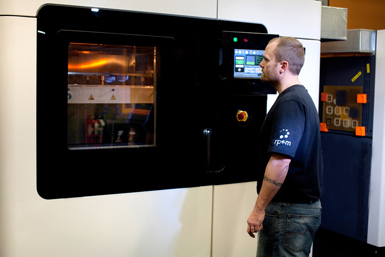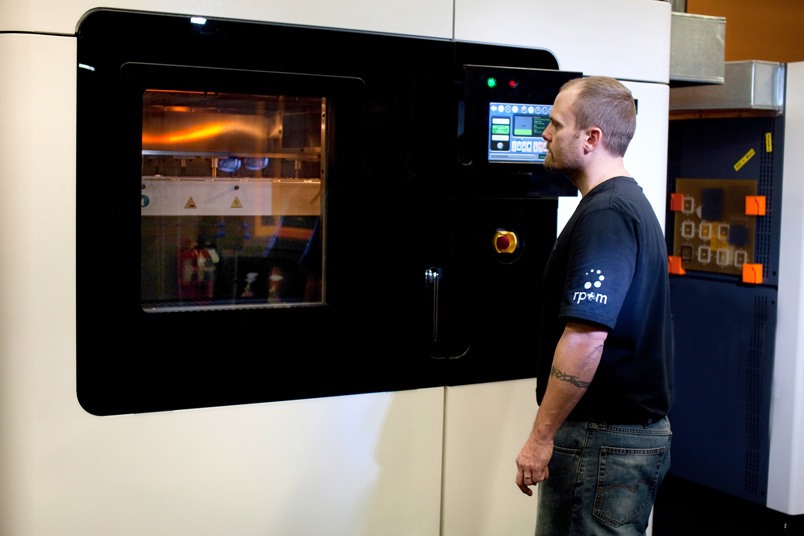America Makes has been awarded a $5 million grant from the National Institute of Standards and Technology for continued AM research. And, recently, the organization announced its second call for additive manufacturing R&D projects from its members for which it will provide $9 million in funding.
Additive Manufacturing Continues to Grow
While 3D printing started out more than two decades ago being a means for producing primarily prototype parts, the use of AM technologies in both polymers and powdered metals, for direct production of end-use parts, continues to grow. According to Terry Wohlers of Wohlers Associates, a member of America Makes and an AM industry researcher, “In 10 years, 3D printing of end-use products has gone from almost nothing to 28.3 percent of the total product and service revenues from additive manufacturing worldwide.”


“This is a dramatic change from a decade ago, when the mix was 10 in the U.S., seven in Europe, seven in Japan, and three in China,” said Tim Caffrey, a principal author of The Wohlers Report and associate at Wohlers Associates.
A Key Technology
To promote new manufacturing technologies and maintain the United States’ manufacturing edge, 3D printing (AM) was selected as a key advanced technology. America Makes is a public-private partnership with 80 member organizations from industry, academia, government, and work force development resources all collaborating with a shared vision to transition AM technology to the mainstream U.S. manufacturing sector and create an adaptive work force capable of not only meeting industry needs but also increasing domestic manufacturing competitiveness.
AM is becoming increasingly in demand as 3D printing equipment has expanded from very low-end DIY machines to professional desktop printers to high-speed manufacturing 3D equipment with larger build beds to accommodate increased part sizes and create more end-use components.
A recent collaboration between ExOne Company, which manufactures and sells 3D printing equipment, and 3D printing service bureau rp+m (rapid prototype + manufacturing) resulted in bringing a new material — powdered tungsten — and a new 3D printing technology to the commercial marketplace via the M-Flex™ 3D printing system.


